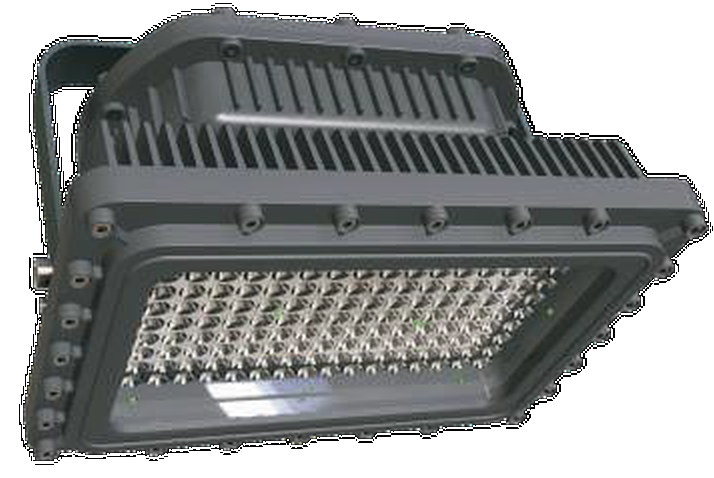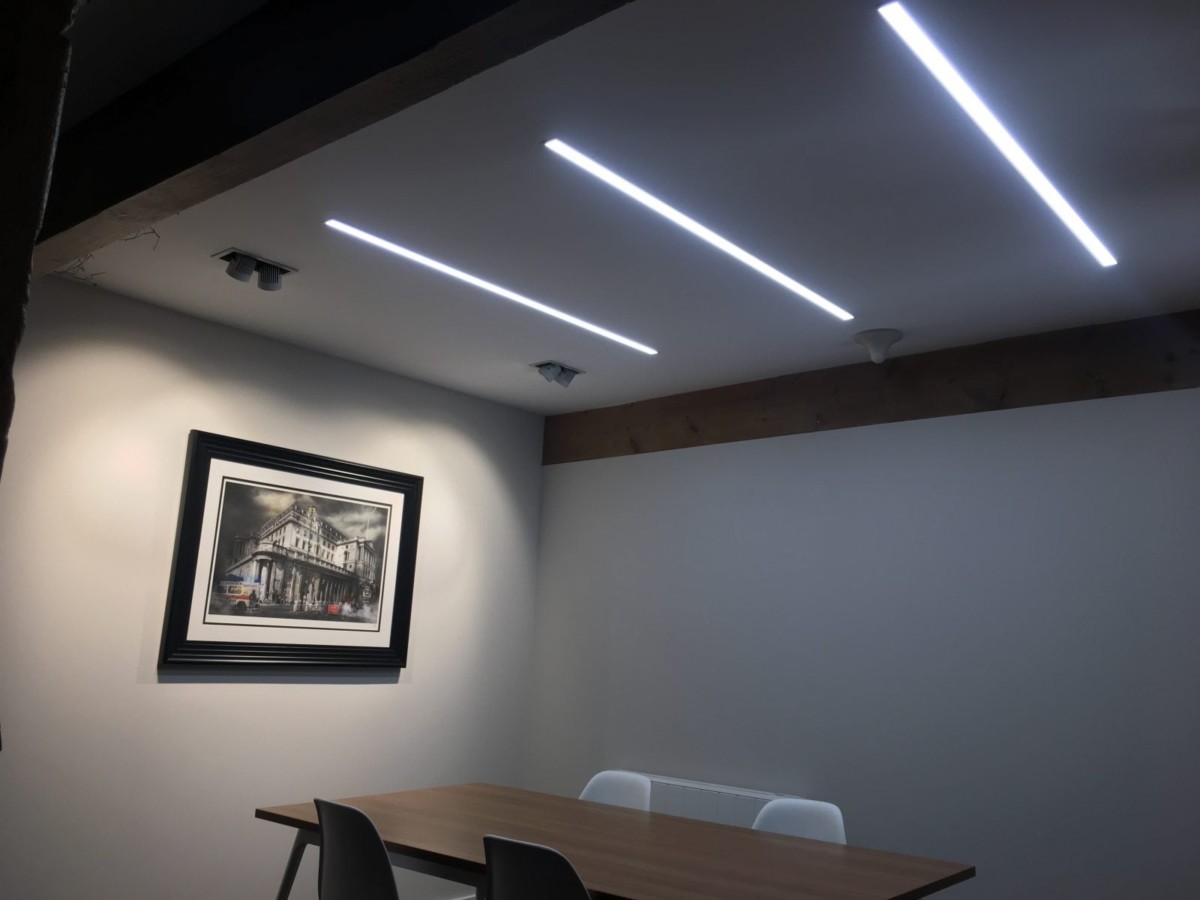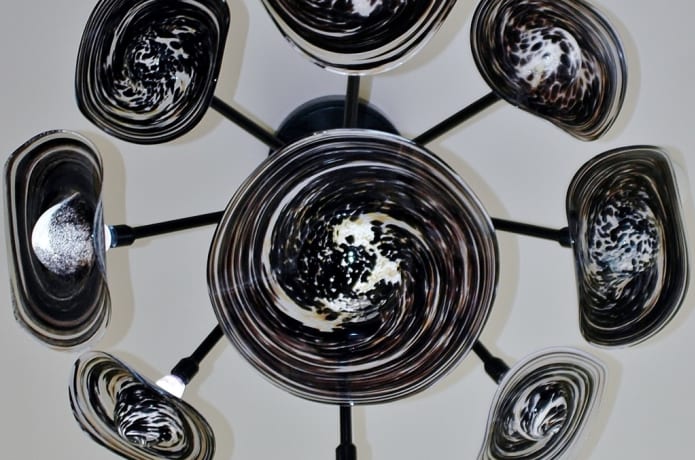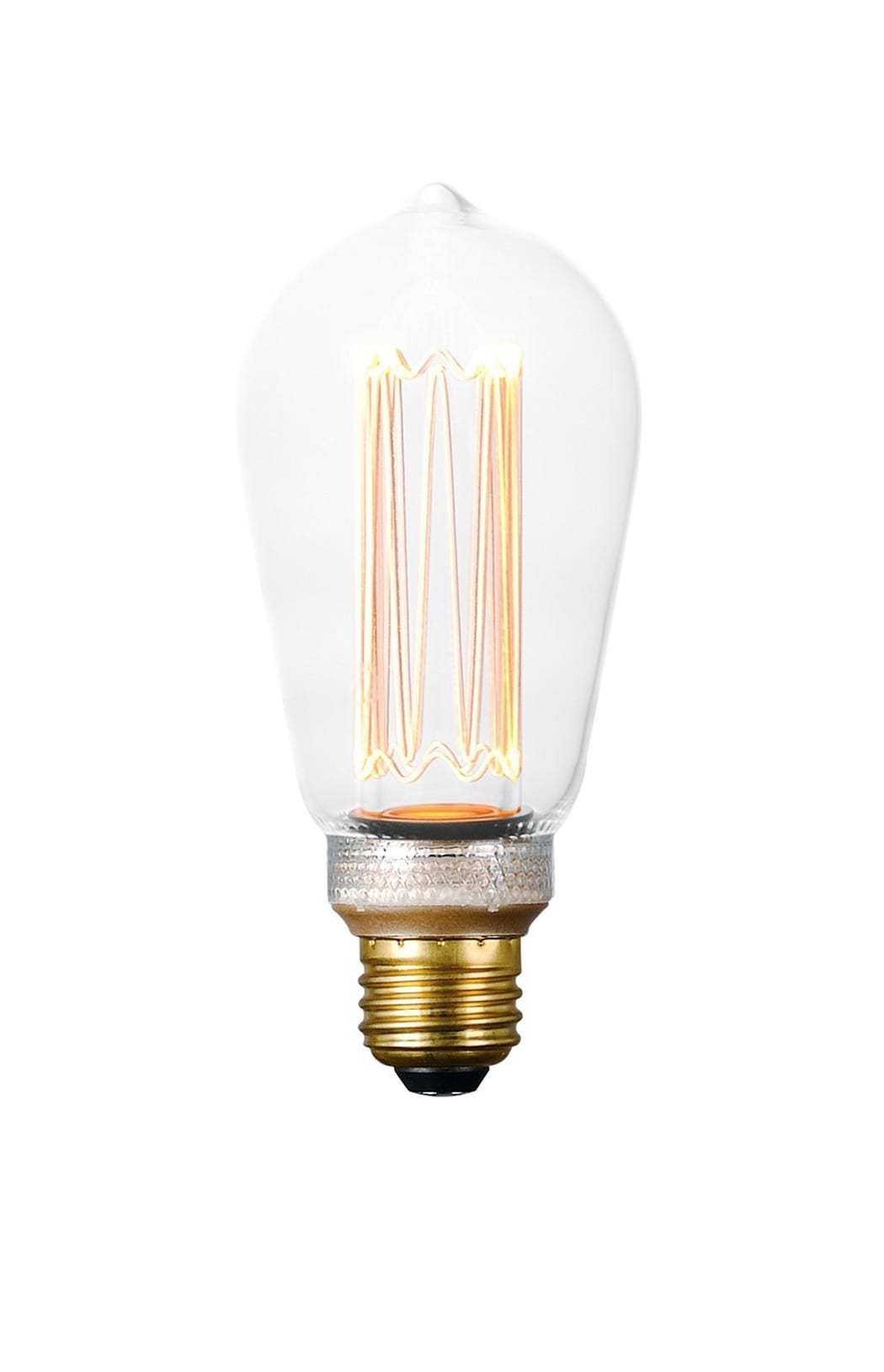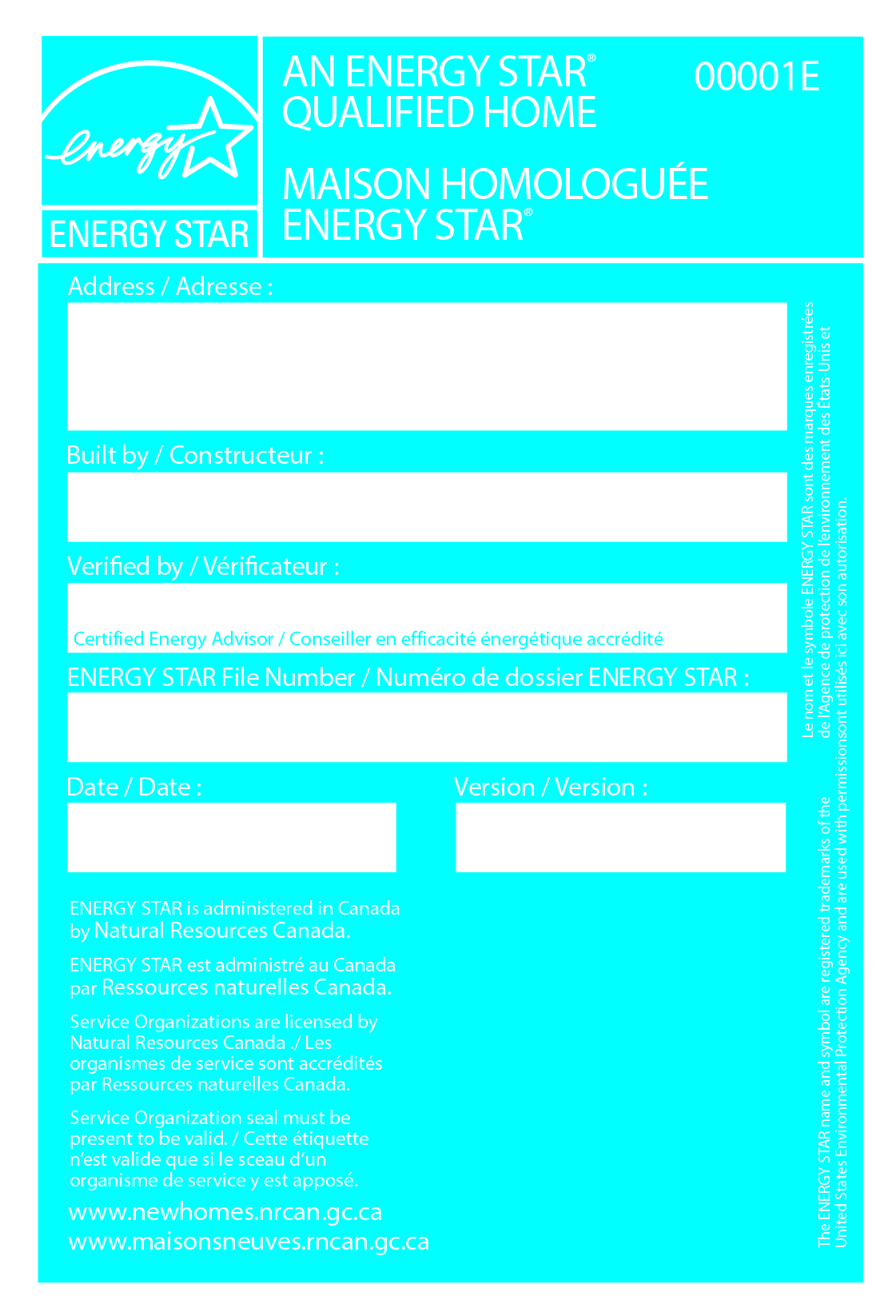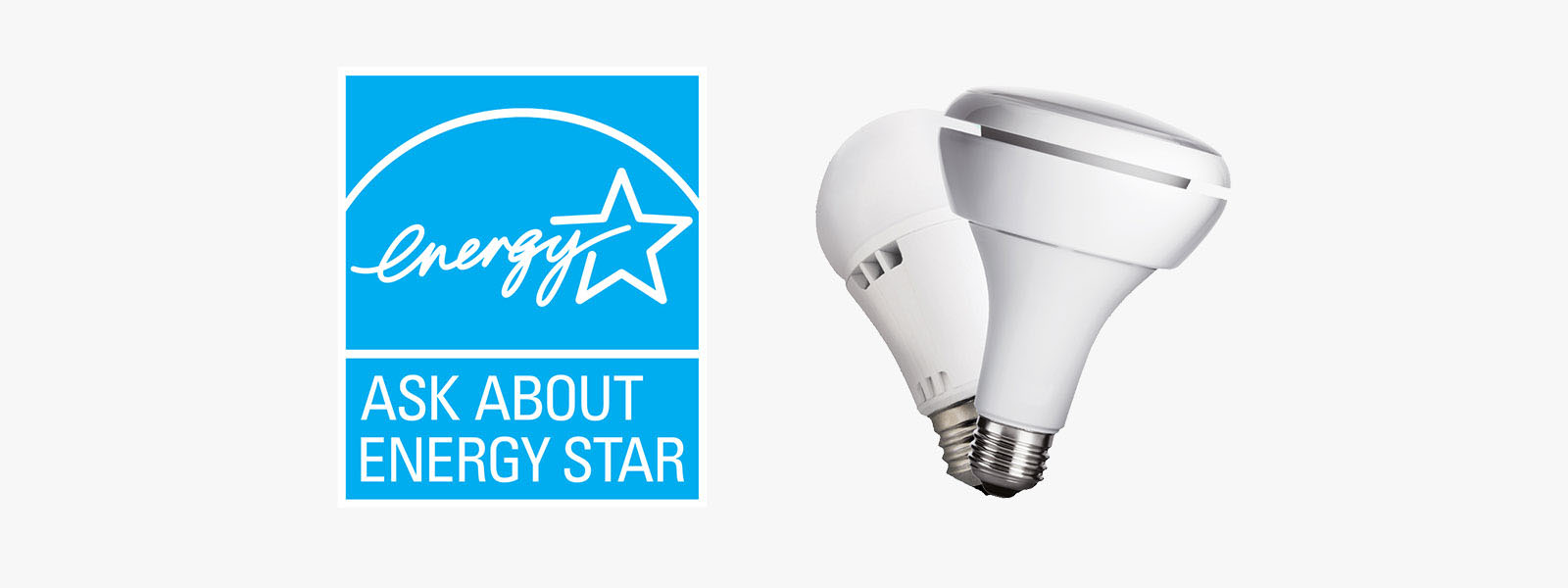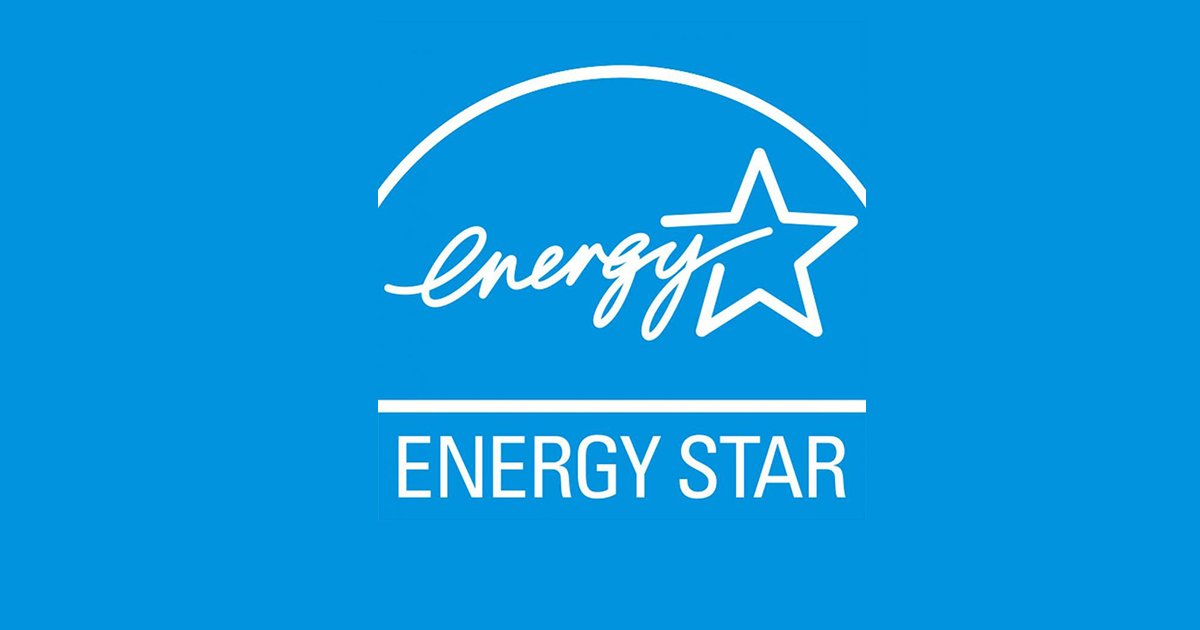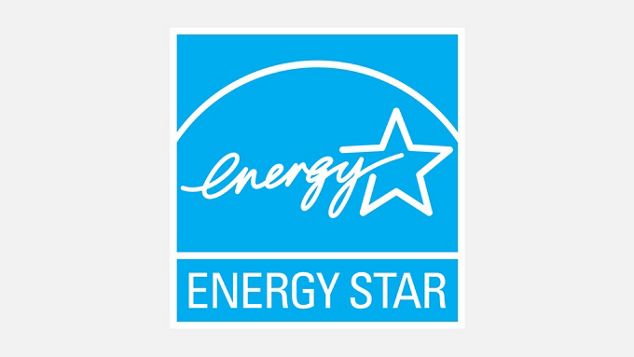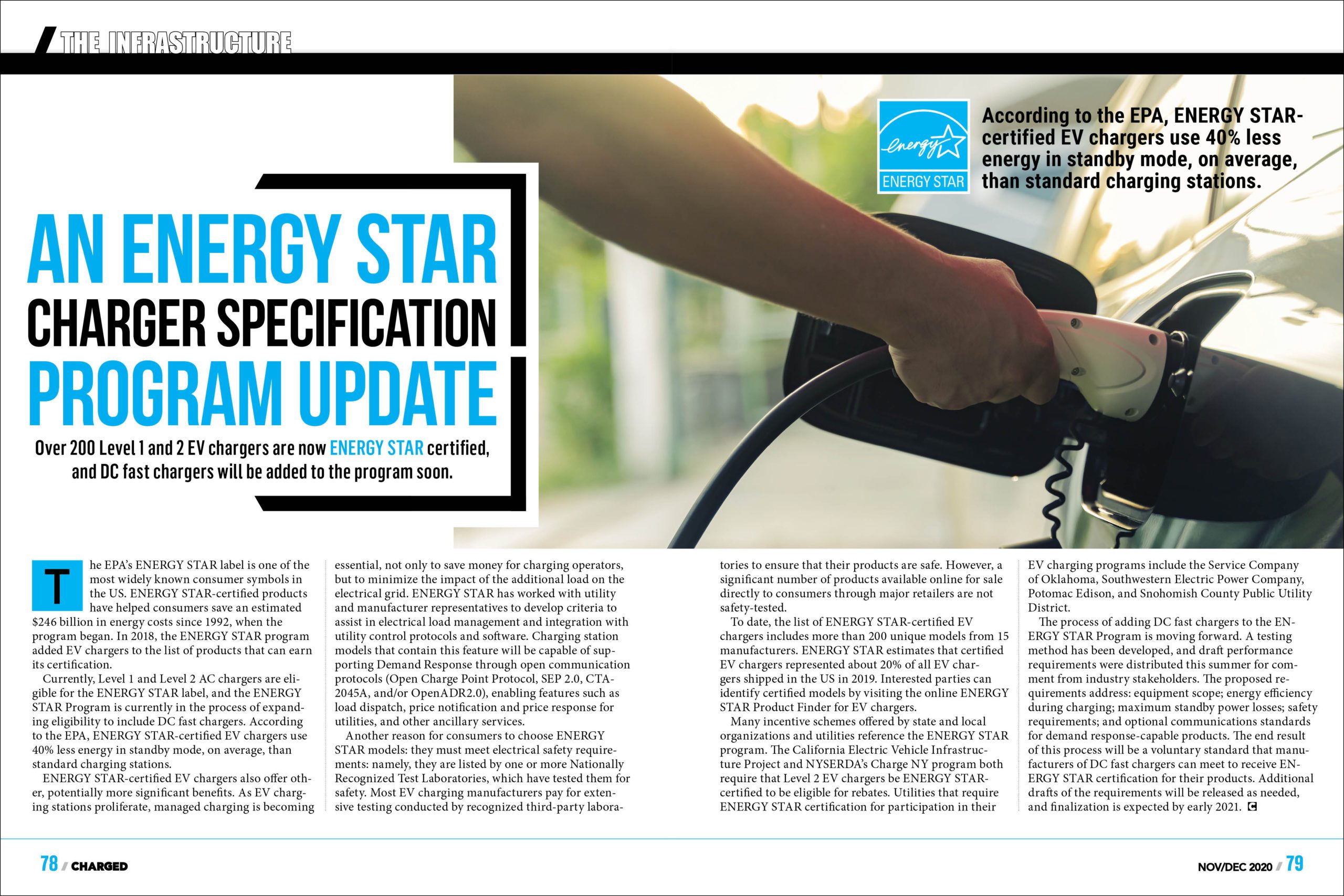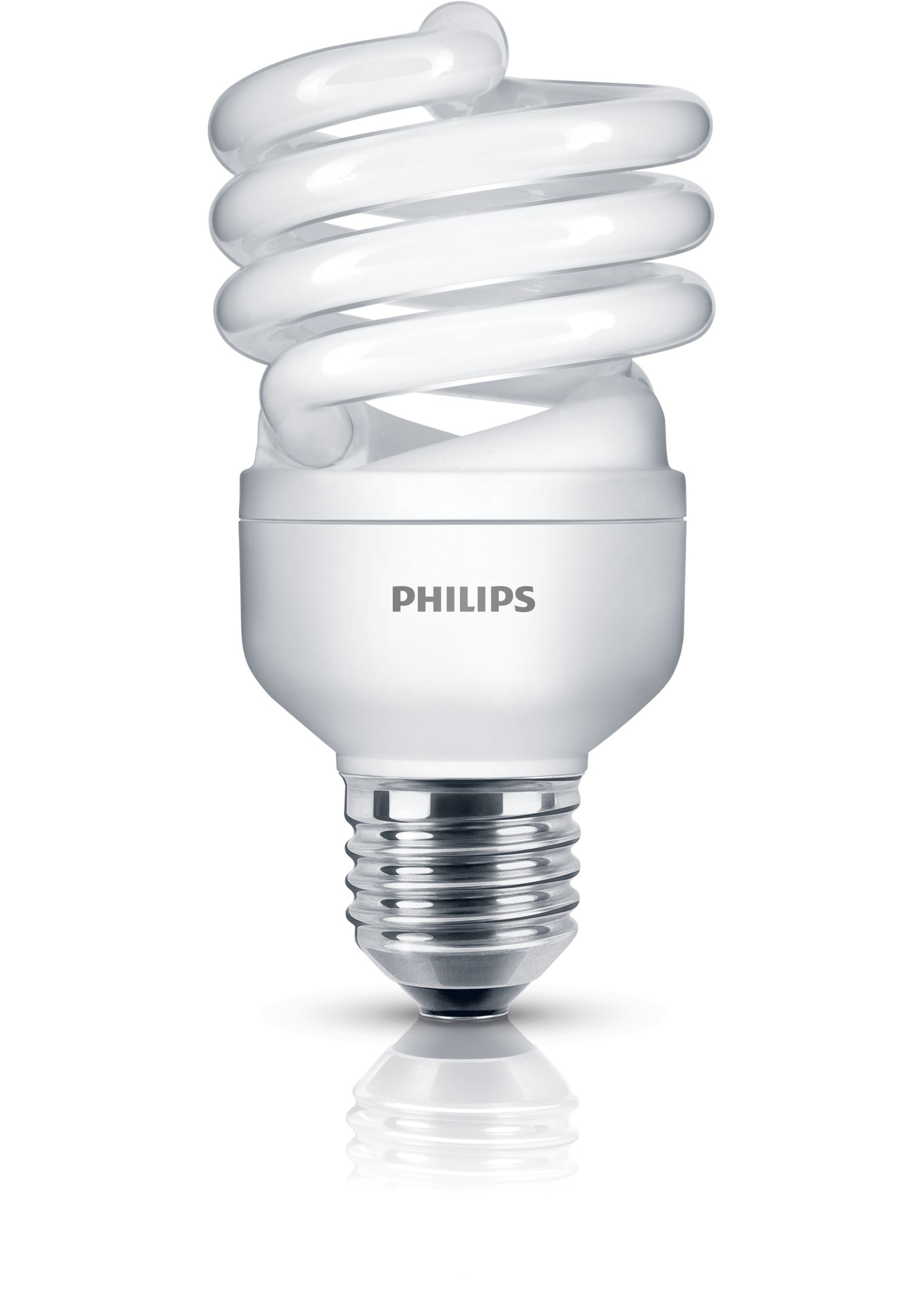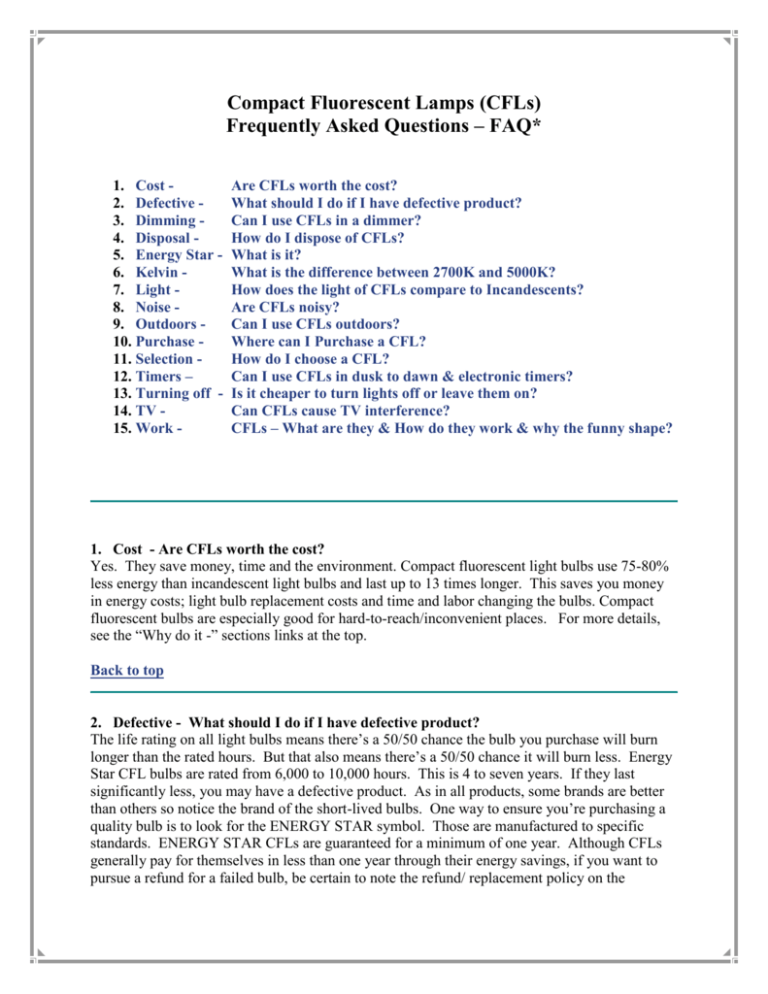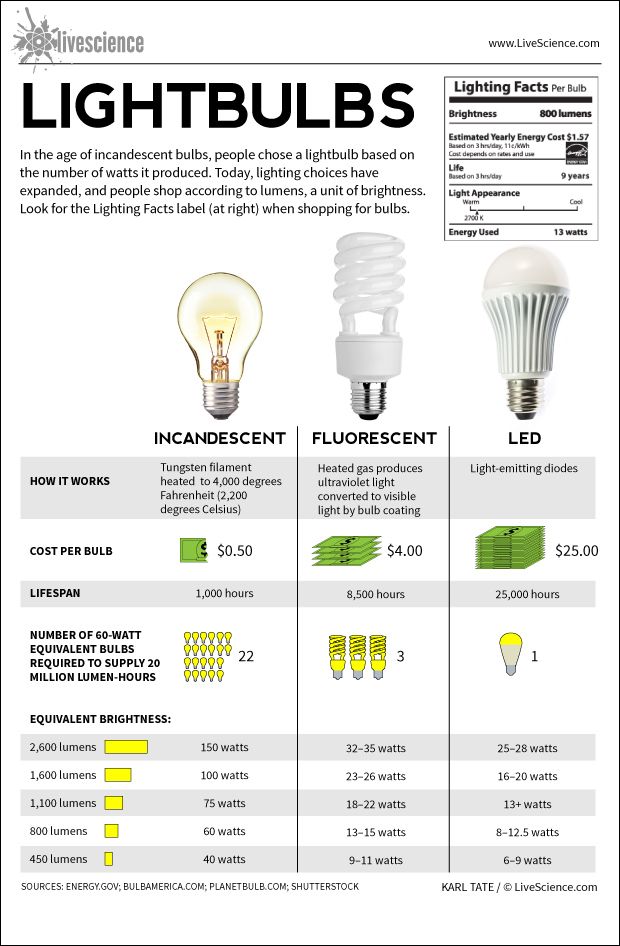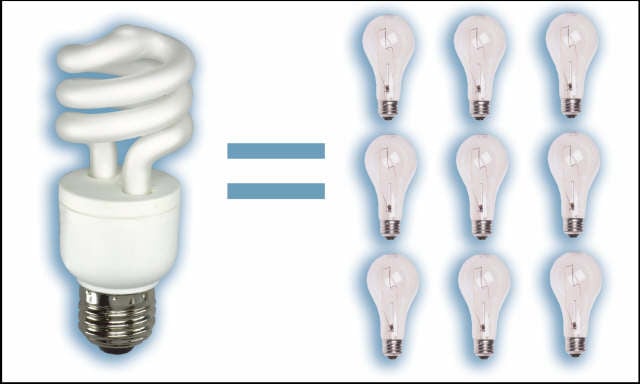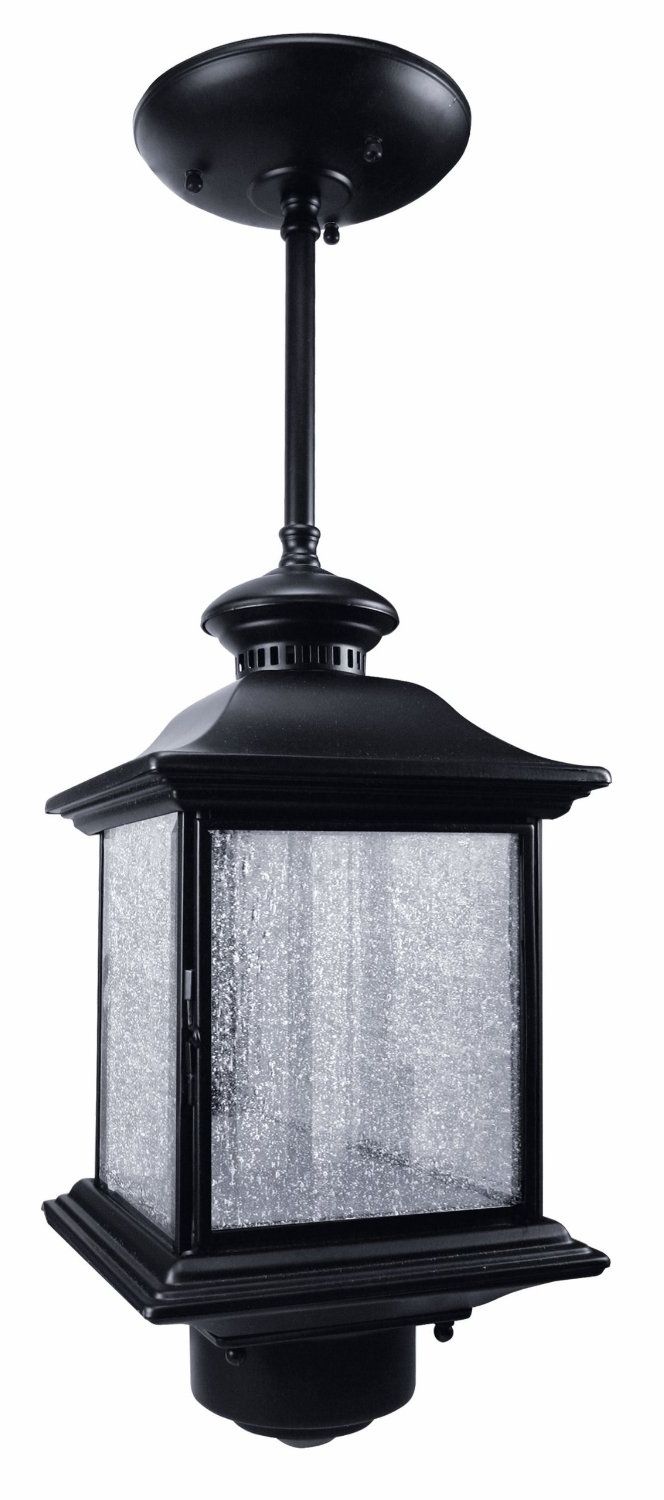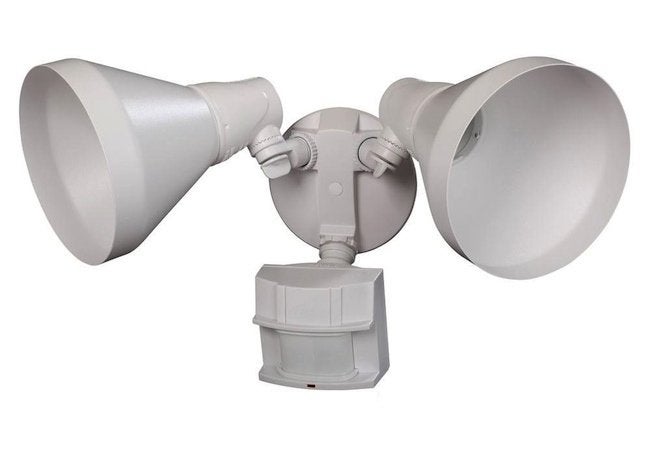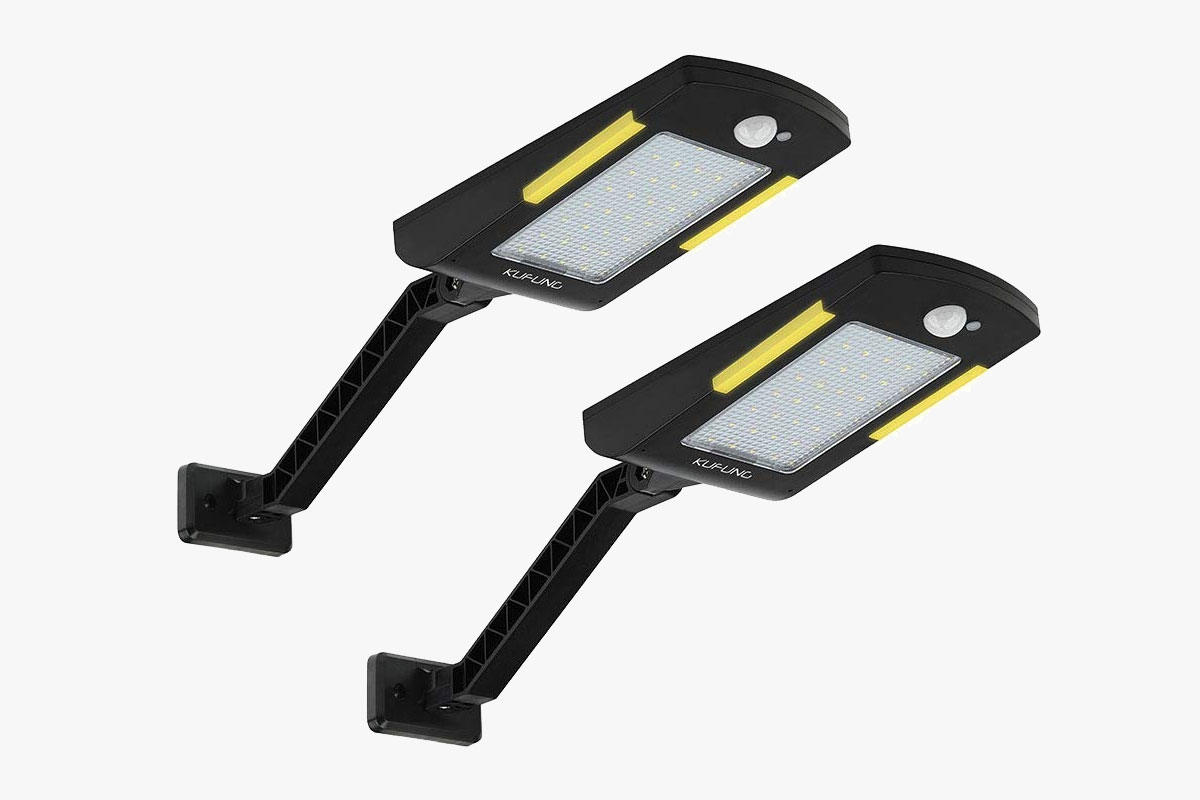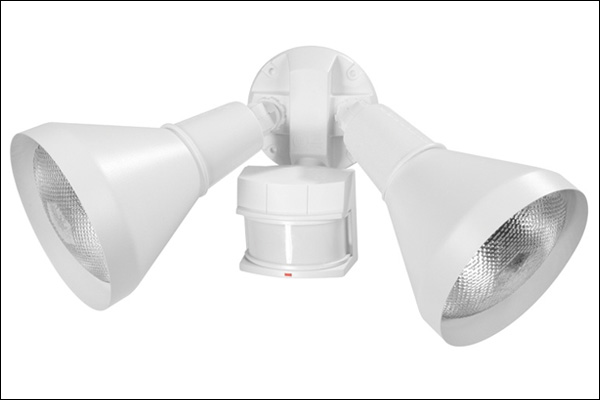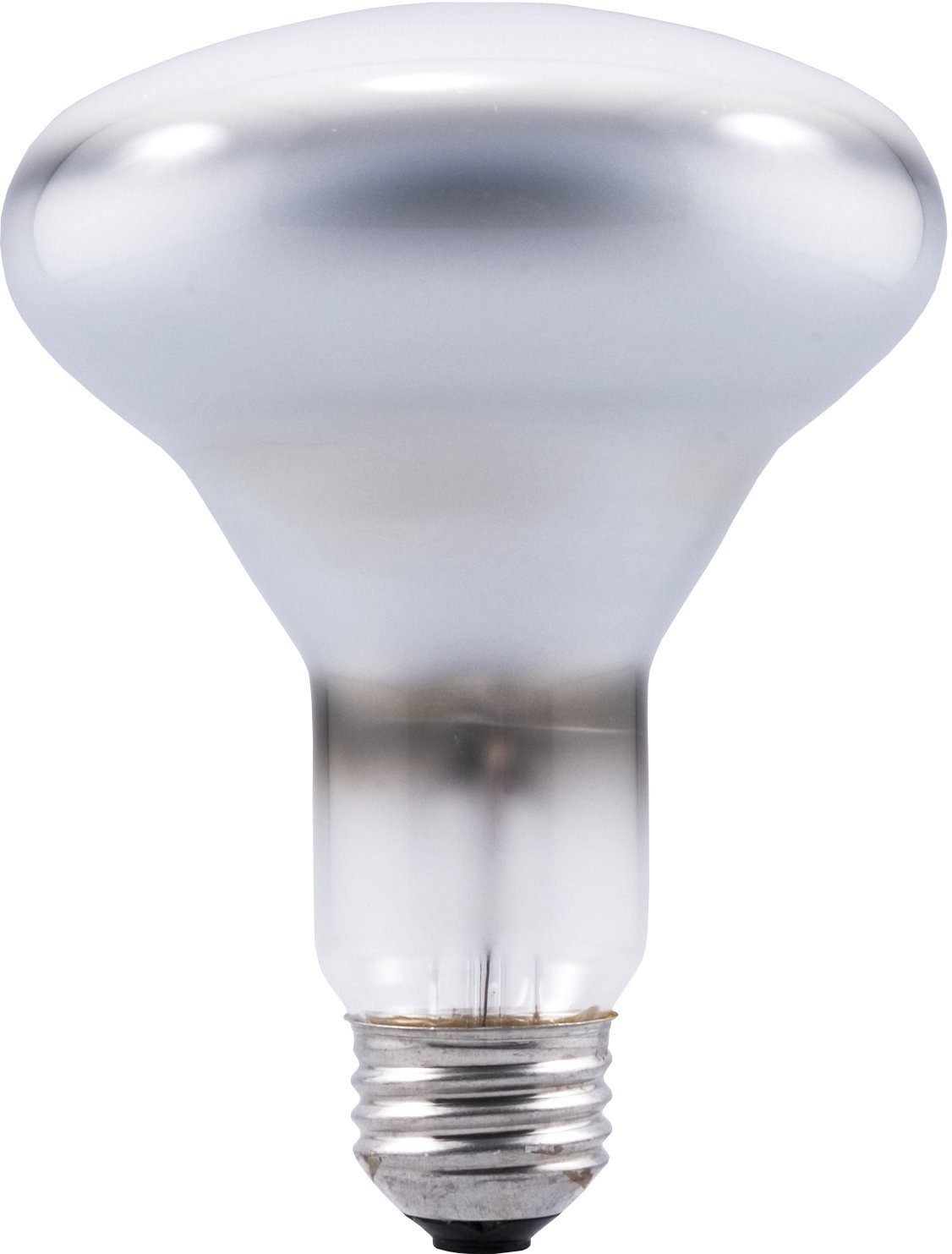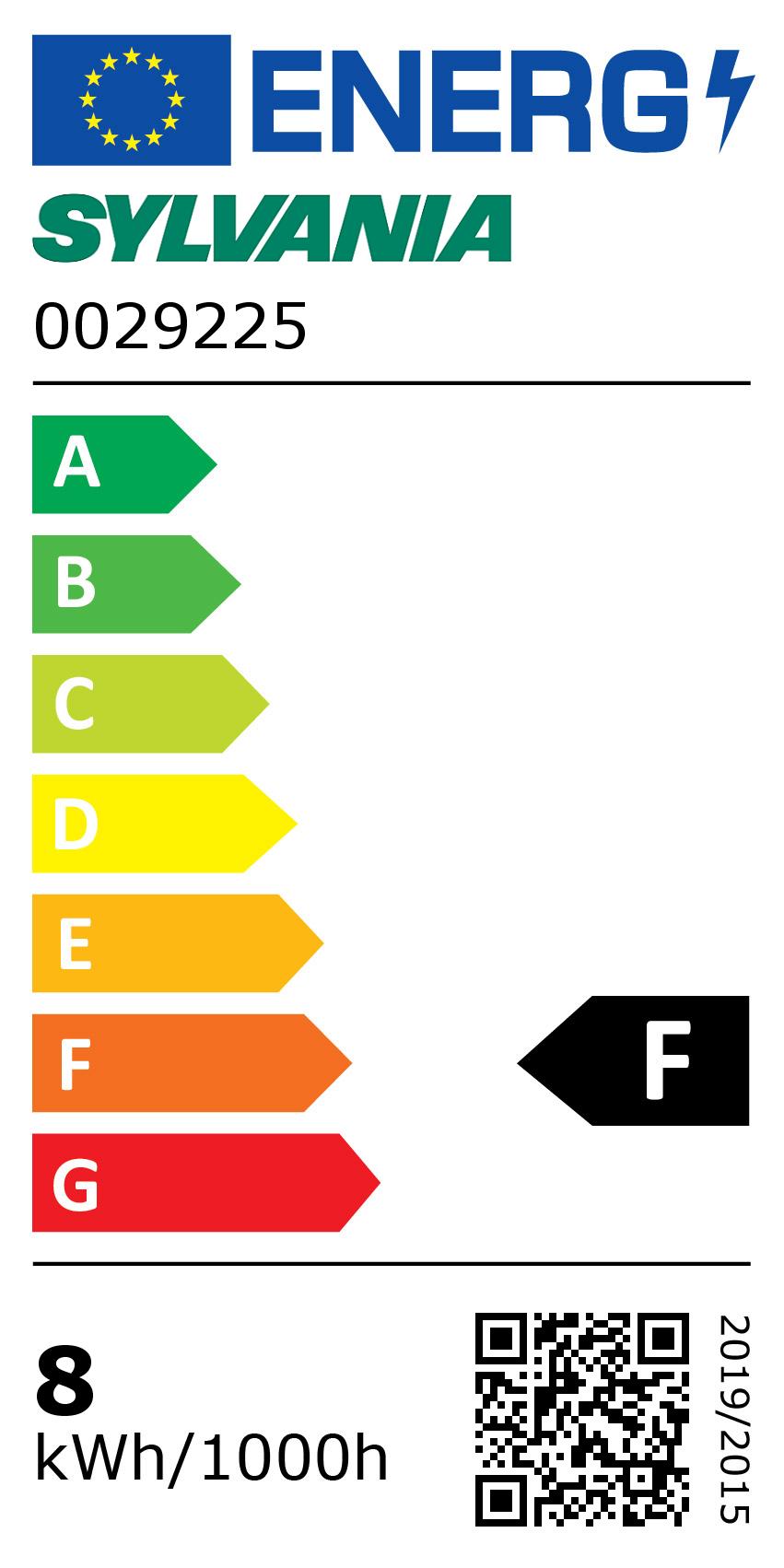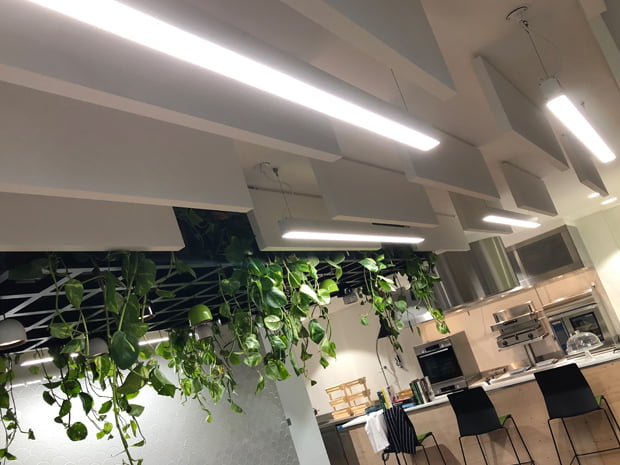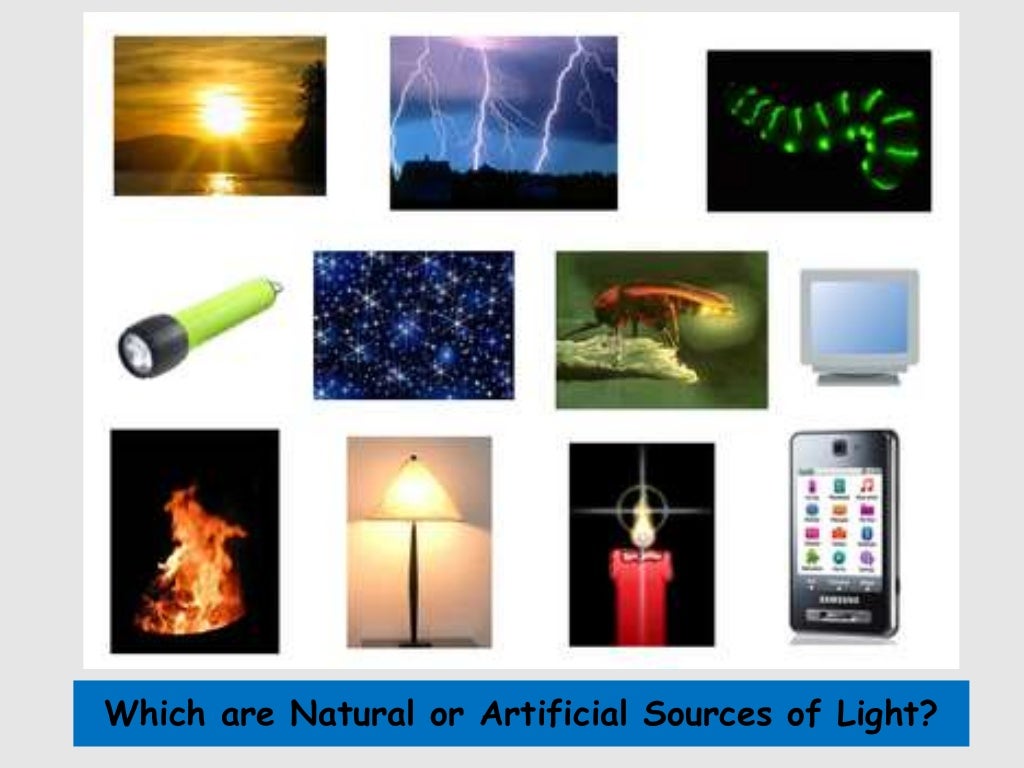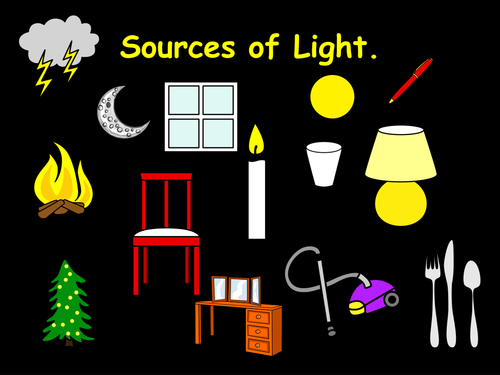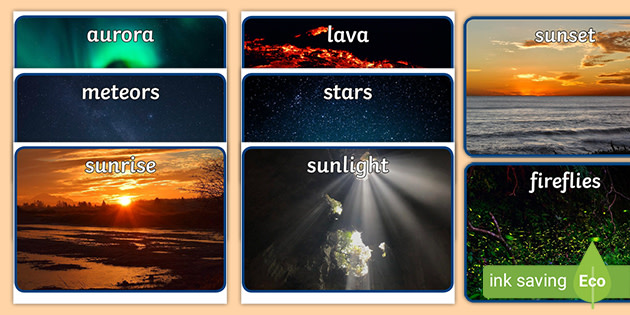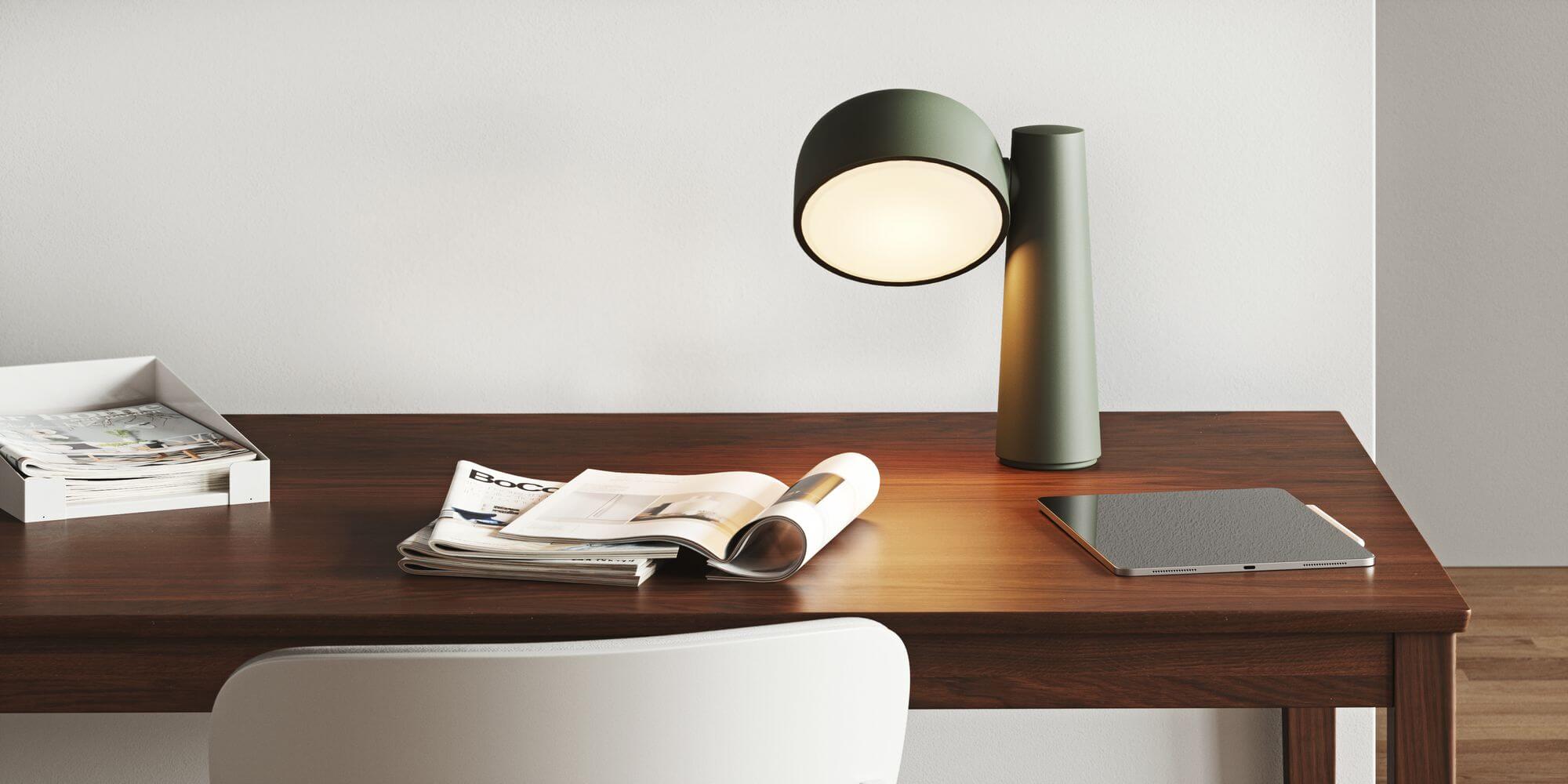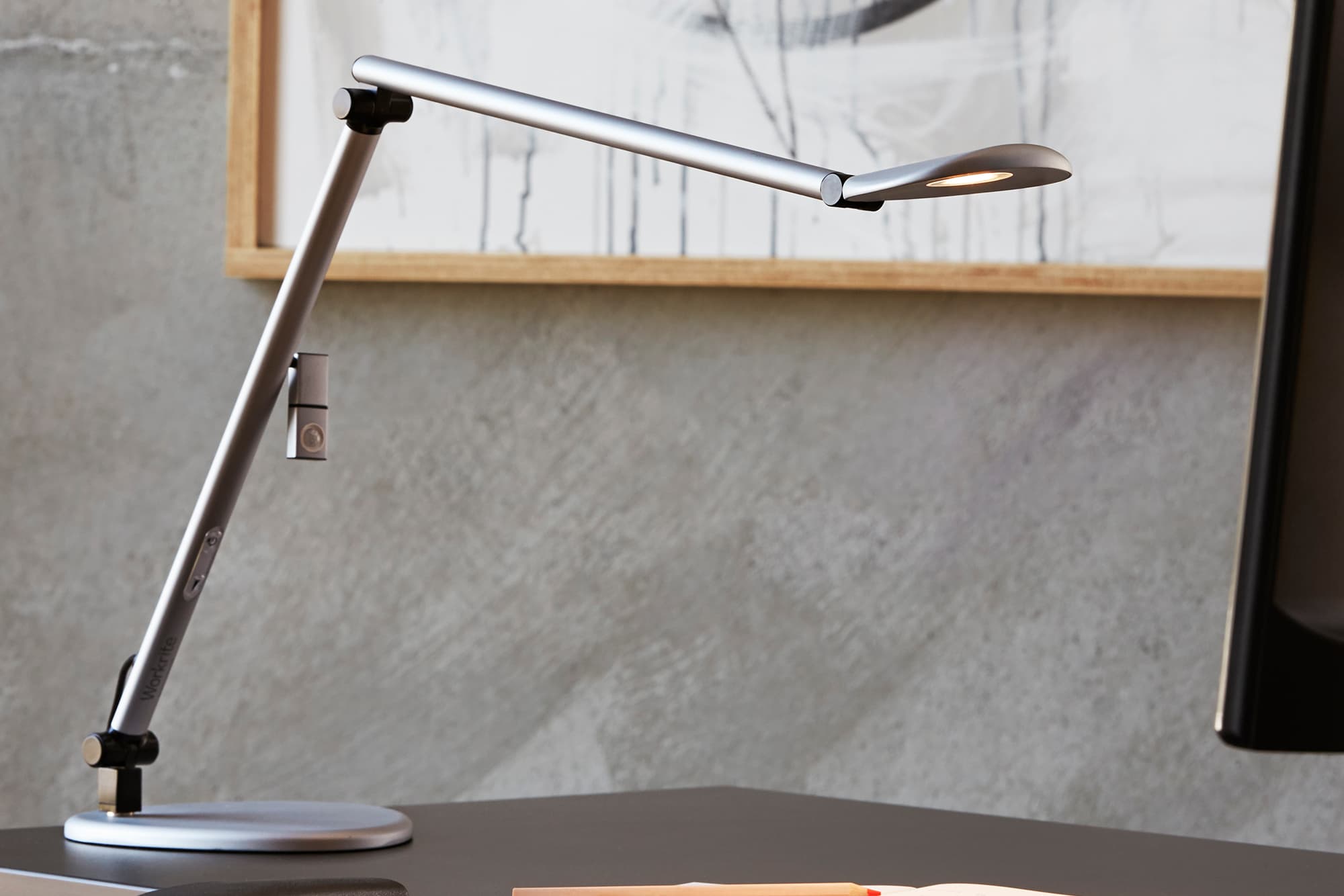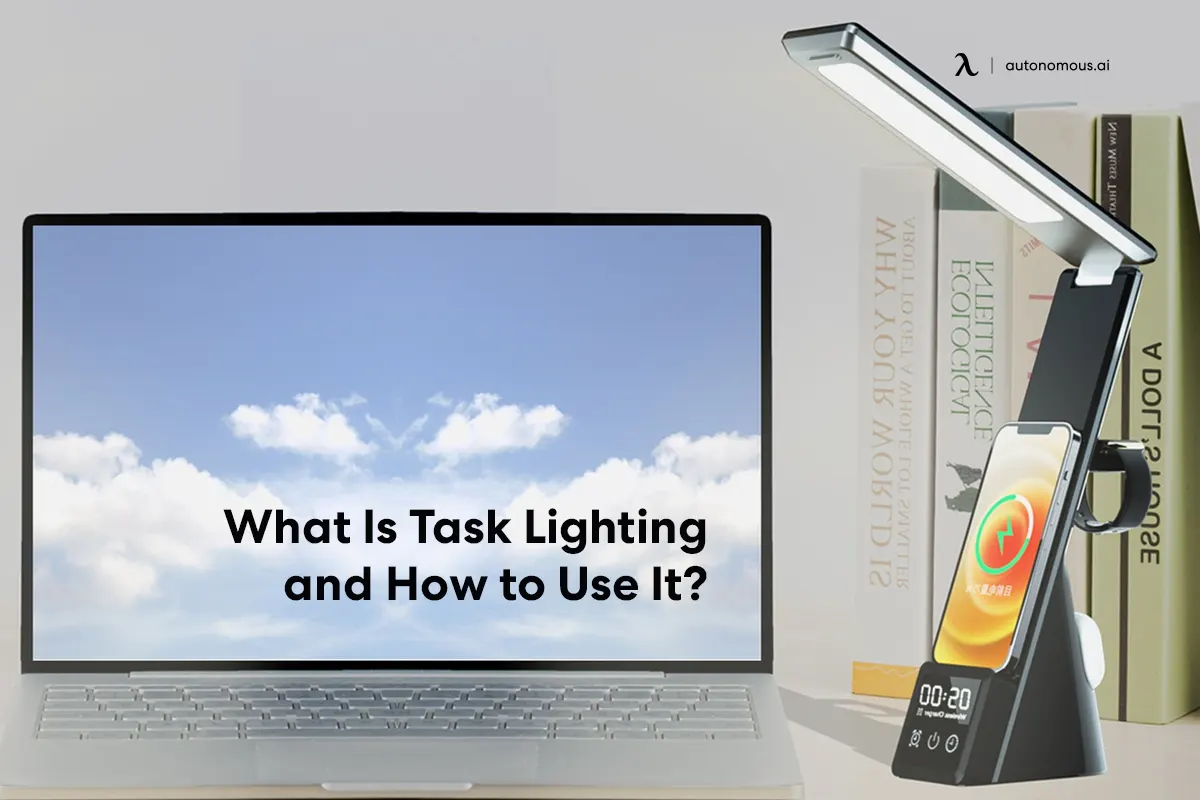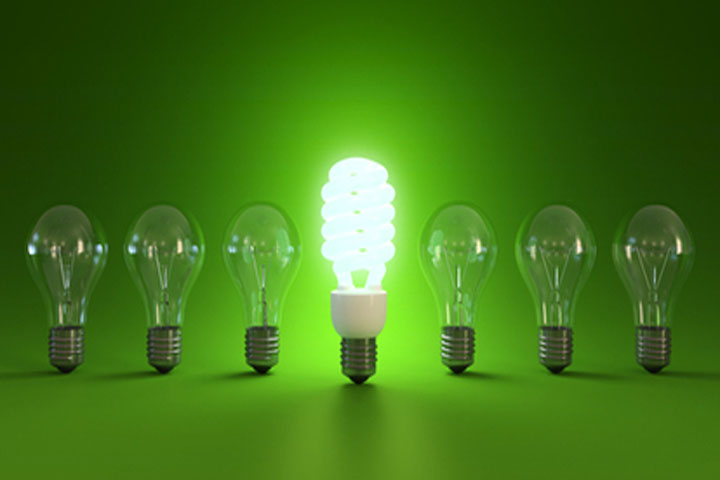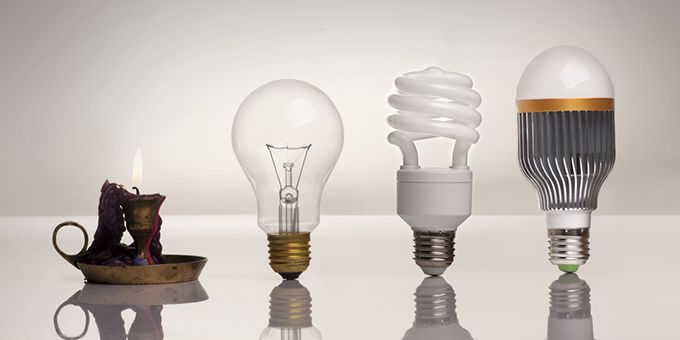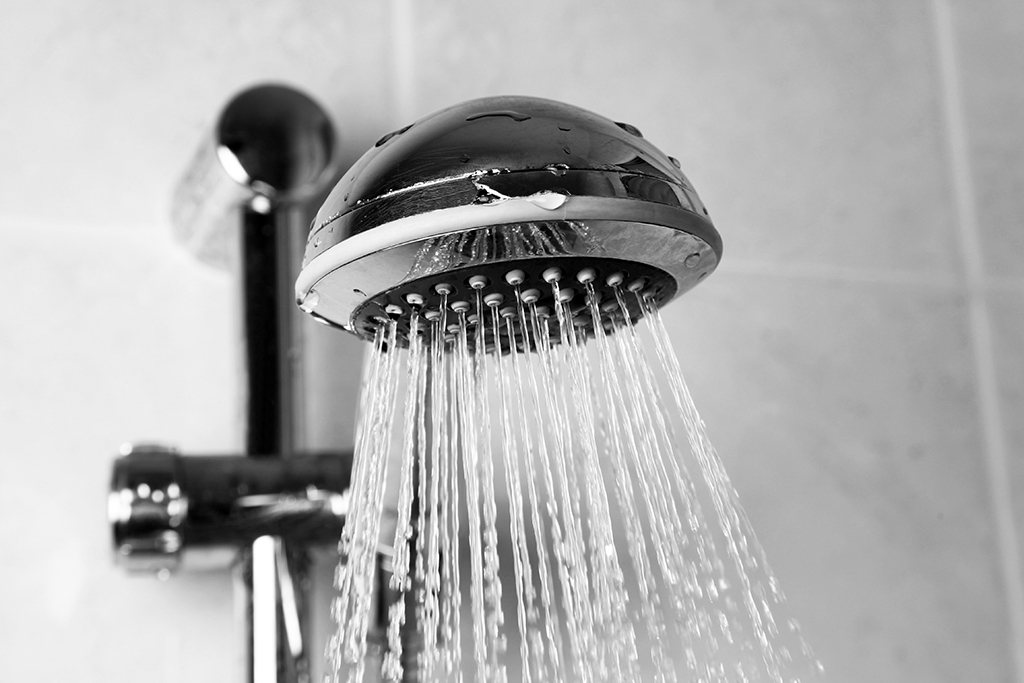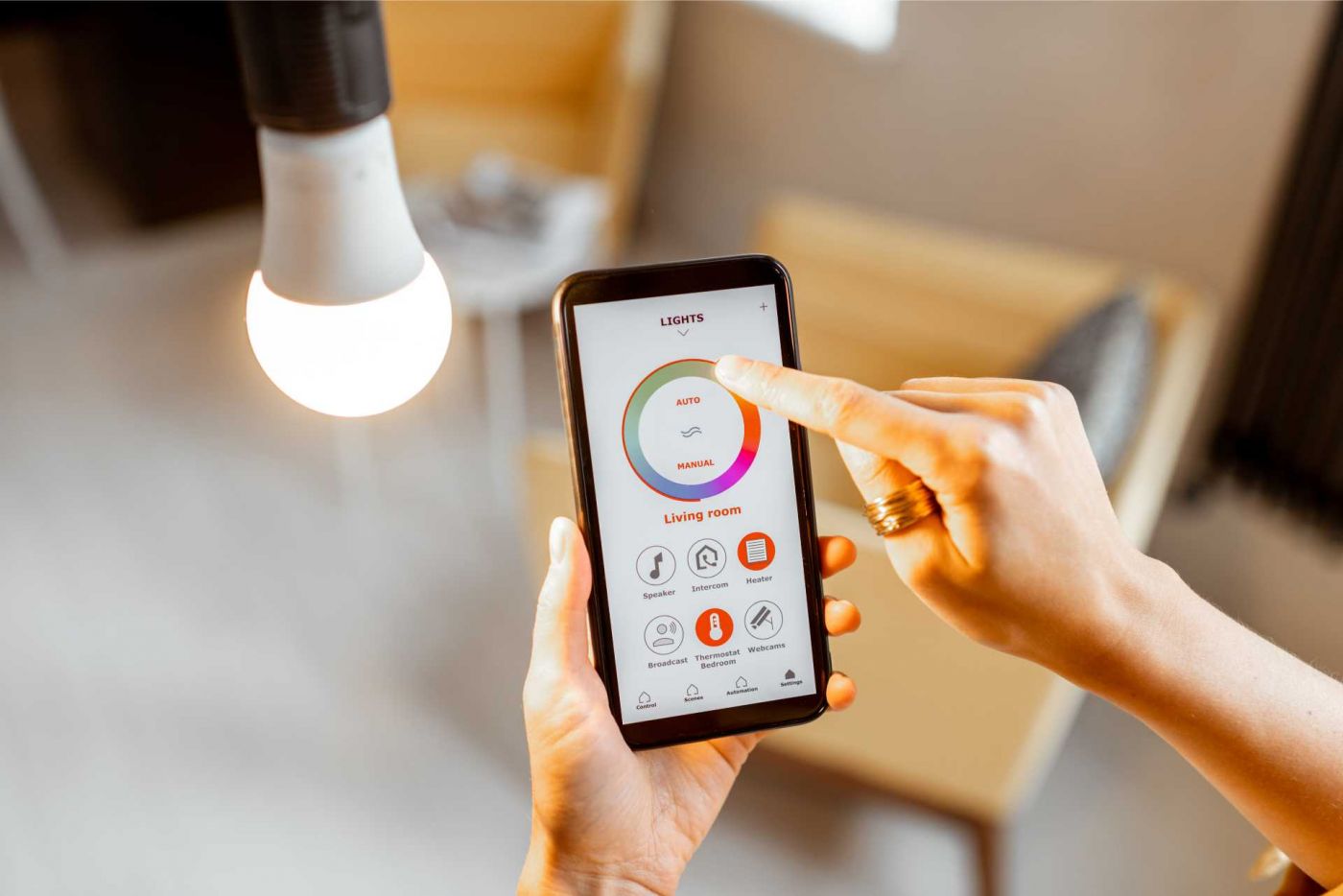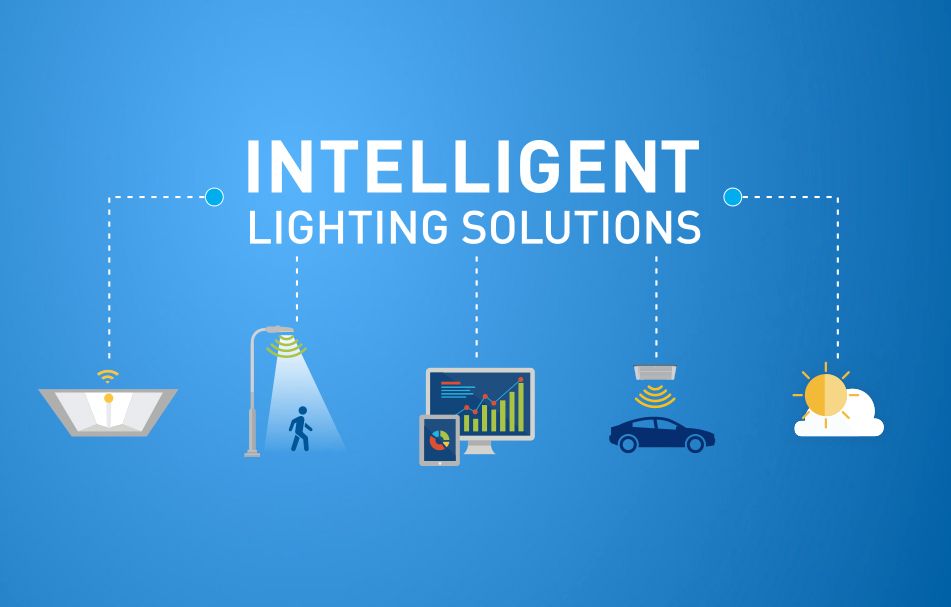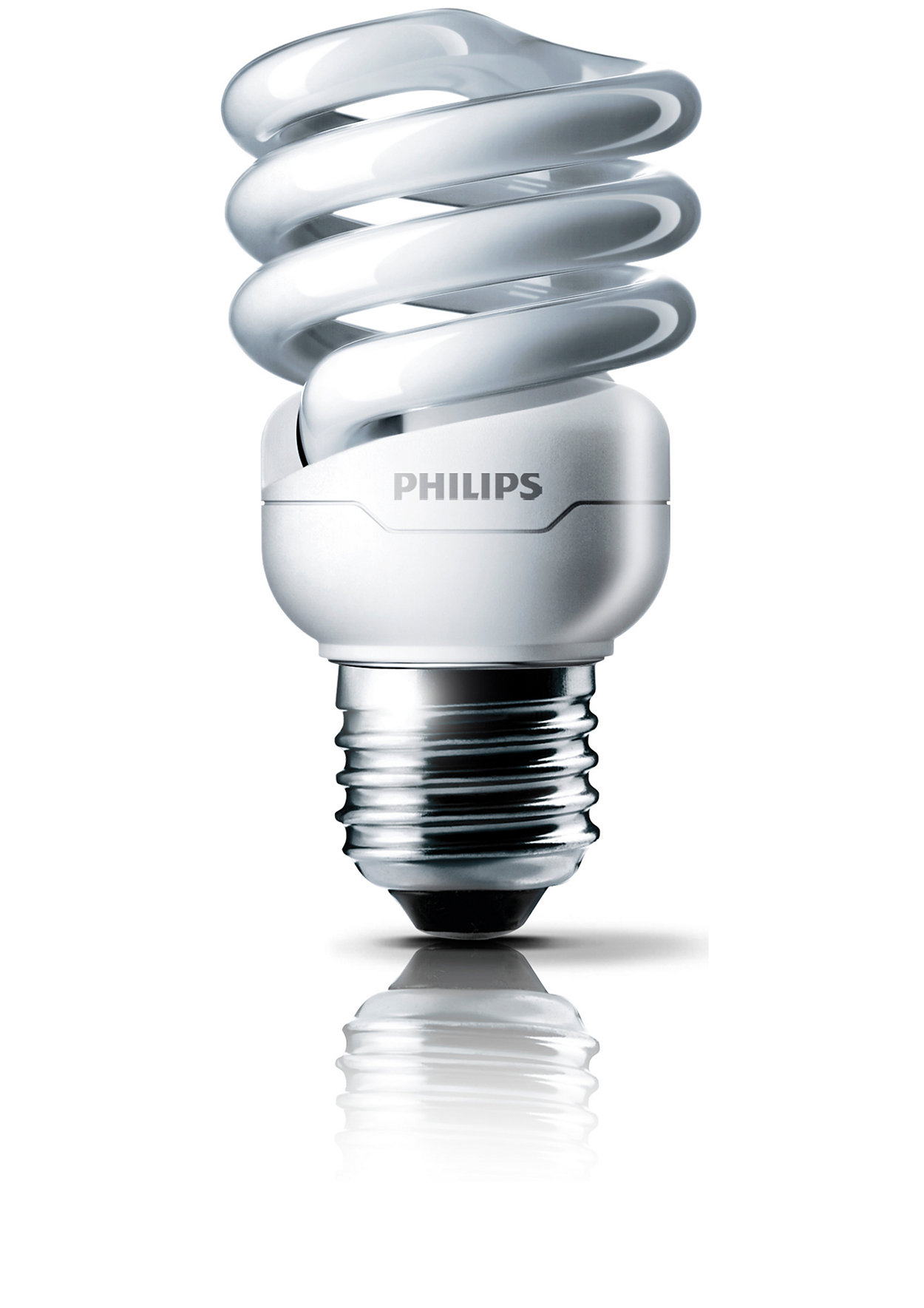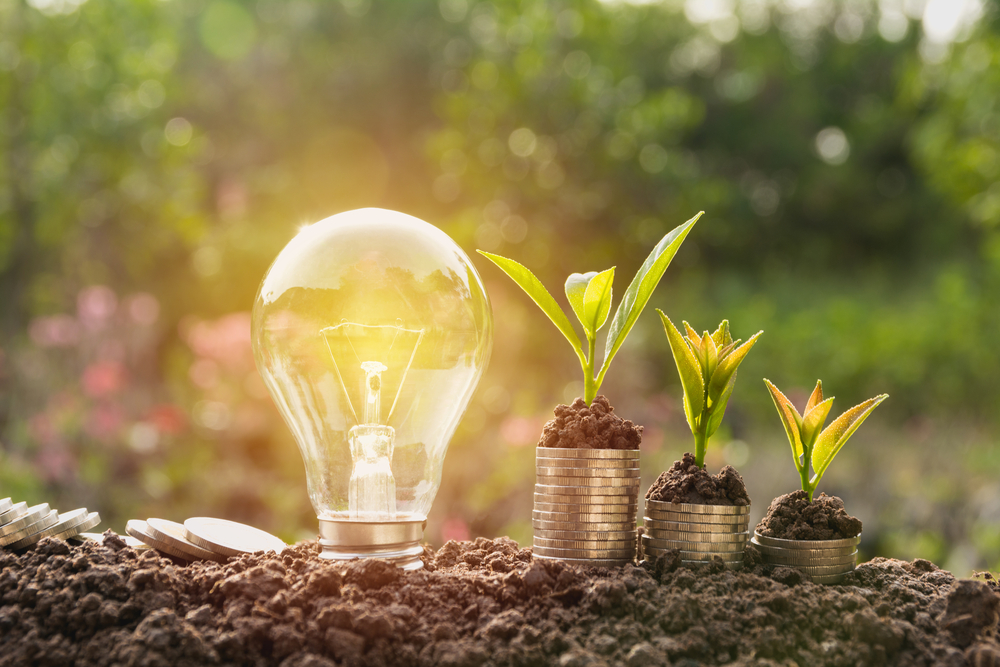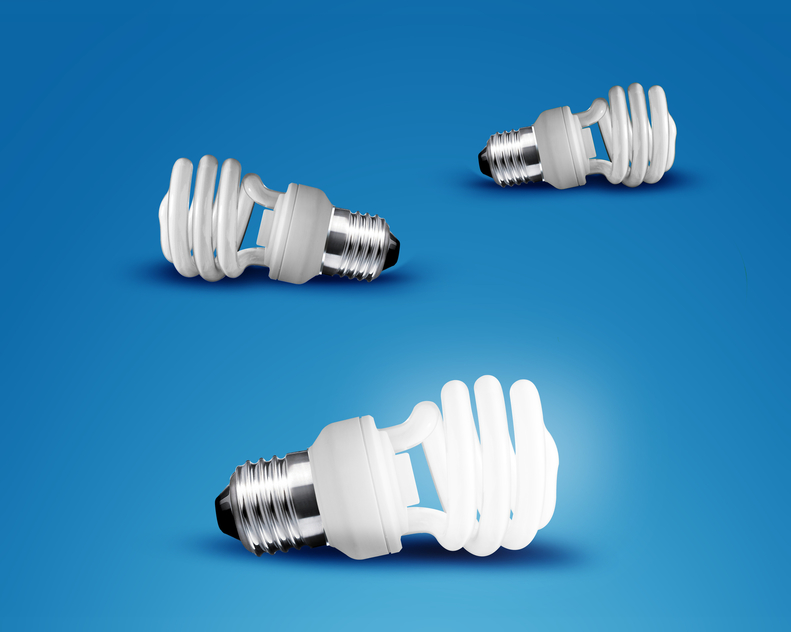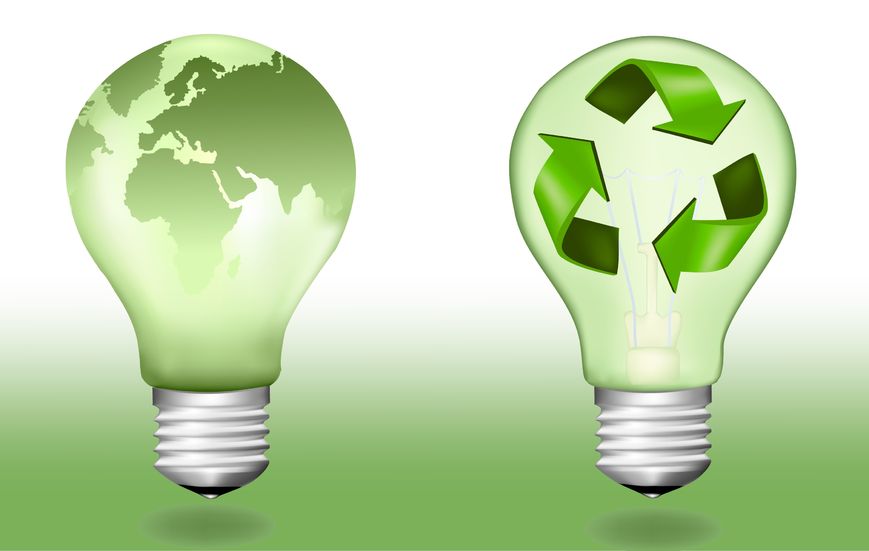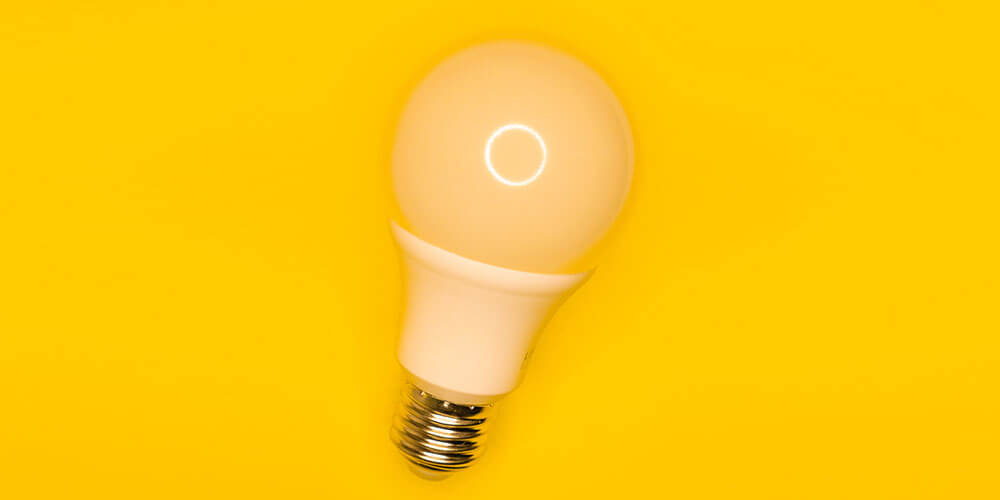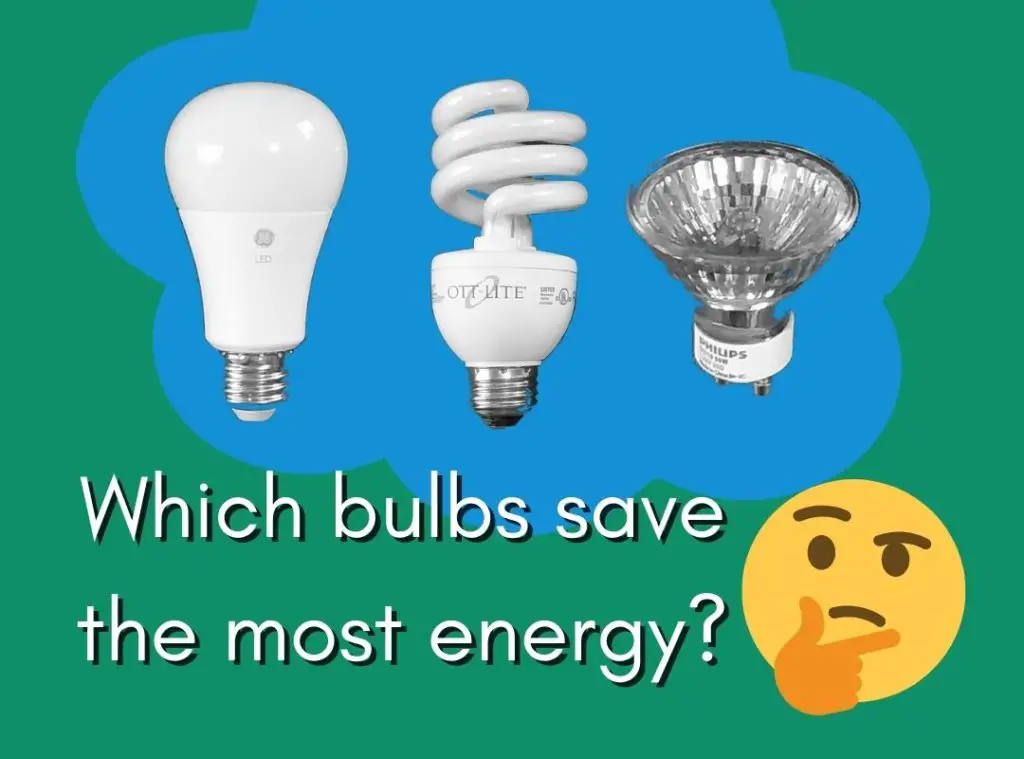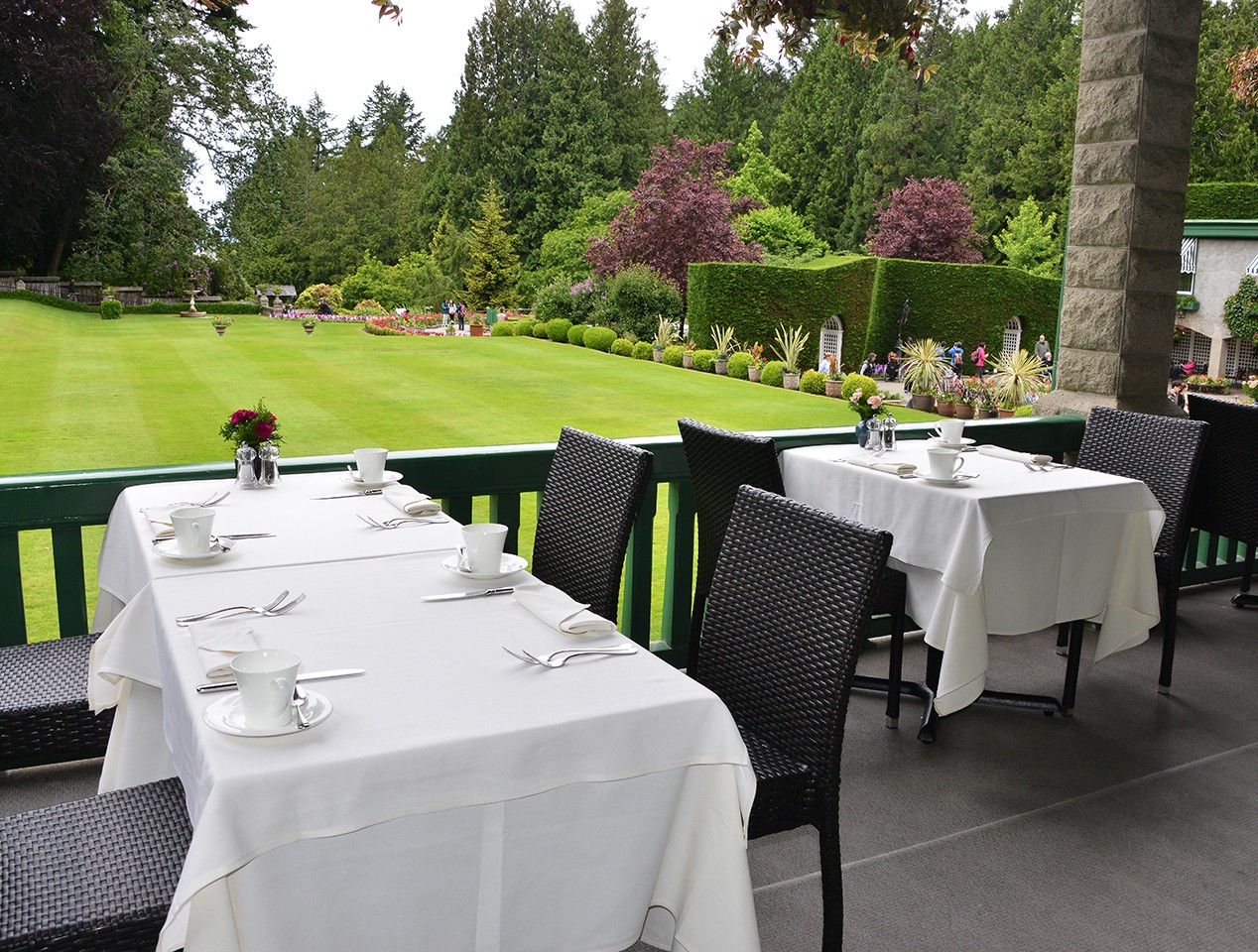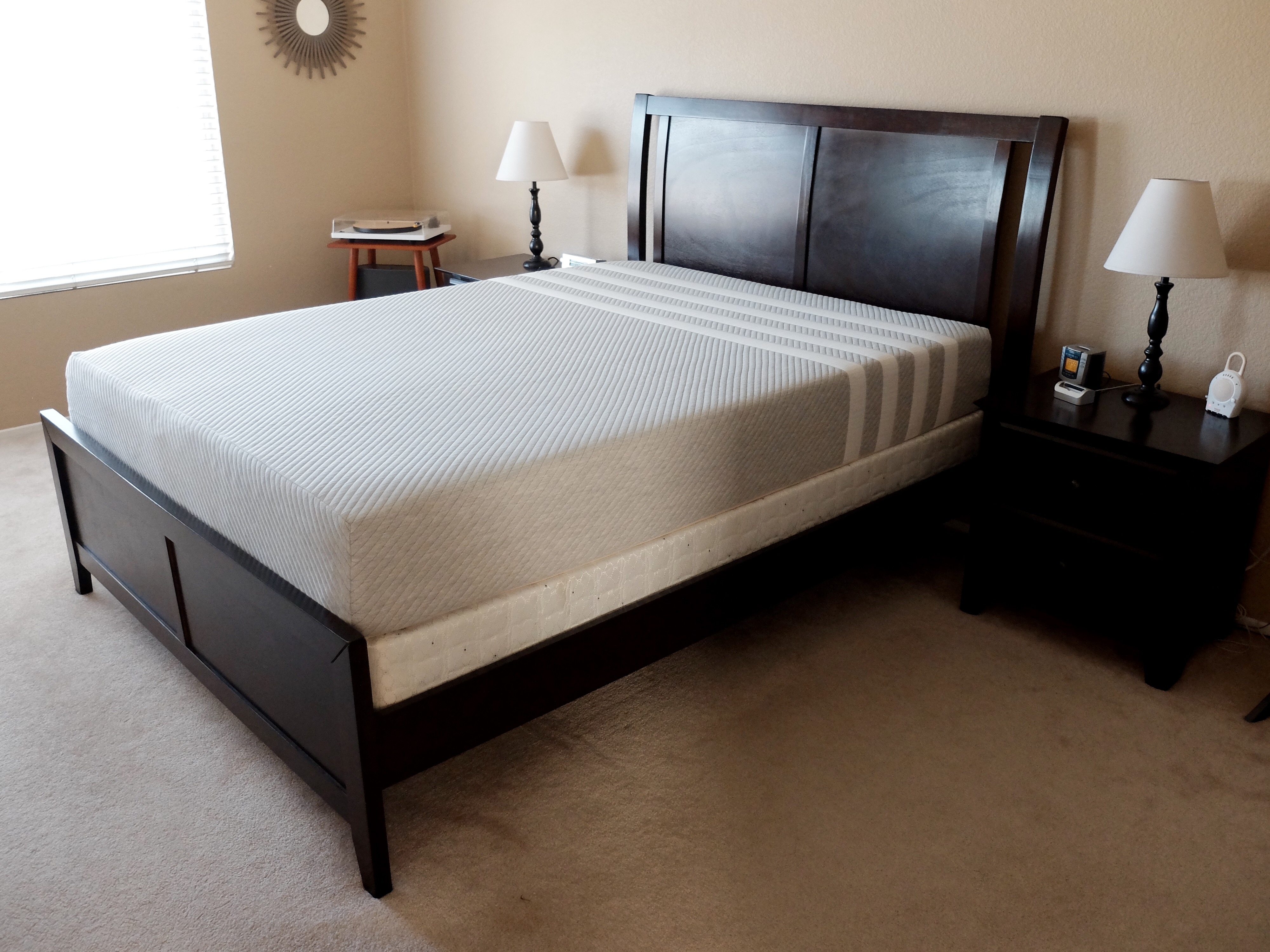1. LED Lighting
LED lighting is at the forefront of energy-efficient kitchen lighting options. Not only do LED lights use less energy than traditional incandescent bulbs, but they also have a longer lifespan, making them a cost-effective choice in the long run. LED lights are also available in a variety of styles and colors, making them a versatile option for any kitchen design.
2. Energy Star Certified Lighting
Another top choice for energy-efficient kitchen lighting is Energy Star certified lighting. These lights have been tested and approved by the Environmental Protection Agency (EPA) for their energy efficiency. Look for the Energy Star label when shopping for light fixtures and bulbs to ensure you are making an environmentally-friendly choice.
3. Compact Fluorescent Lights (CFL)
CFLs are another popular option for energy-efficient kitchen lighting. These bulbs use about 75% less energy than incandescent bulbs and last up to 10 times longer. They also emit less heat, making them a safer option for kitchen lighting. While they may cost more upfront, the long-term savings and energy efficiency make CFLs a smart choice.
4. Motion Sensor Lights
To save even more energy in your kitchen, consider installing motion sensor lights. These lights only turn on when they detect movement, making them a great choice for areas where you may not need constant lighting, such as in pantries or cabinets. This not only saves energy but also adds convenience to your kitchen tasks.
5. Dimmable Lights
Dimmable lights are a great option for energy-efficient kitchen lighting because they allow you to control the amount of light needed for different tasks. By adjusting the brightness, you can save energy while still having the option for brighter lighting when needed. This also creates a more customizable and comfortable atmosphere in your kitchen.
6. Natural Light Sources
One of the simplest and most cost-effective ways to save energy in your kitchen is by utilizing natural light sources. Install larger windows or skylights to let in more natural light during the day. You can also strategically place reflective surfaces, such as mirrors or glossy backsplashes, to help distribute natural light throughout the space.
7. Task Lighting
Task lighting is a great way to save energy by only lighting the areas where you need it. Install under-cabinet lighting or pendant lights above work areas to provide focused lighting for cooking and preparing food. This will prevent you from having to use overhead lights, which may be too bright and use more energy than necessary.
8. Energy Efficient Light Fixtures
When choosing light fixtures for your kitchen, look for options that are specifically designed to be energy-efficient. These may include features such as LED bulbs, dimmable options, and Energy Star certification. Energy-efficient light fixtures can also add a stylish touch to your kitchen while still saving you money on your energy bill.
9. Smart Lighting Systems
Smart lighting systems are becoming increasingly popular for their convenience and energy-saving capabilities. These systems allow you to control your kitchen lighting from your phone, making it easy to turn off lights when they are not needed. Some systems also have features such as timers and motion sensors, which can help save even more energy.
10. Energy Saving Light Bulbs
Last but not least, don't overlook the simple but effective option of energy-saving light bulbs. These bulbs, such as LED or CFL, use significantly less energy than traditional incandescent bulbs and have a longer lifespan. By simply replacing your old bulbs with energy-saving options, you can make a big impact on your kitchen's energy efficiency.
In conclusion, by incorporating these 10 energy-efficient kitchen lighting options, you can save money on your energy bill and reduce your carbon footprint. From LED lighting to energy-saving light bulbs, there are plenty of options to choose from that will not only benefit the environment but also add style and functionality to your kitchen. So go ahead and make the switch to a greener and more efficient kitchen today.
Energy Efficient Kitchen Lighting: A Key Element in Sustainable House Design

The Importance of Energy Efficiency in House Design
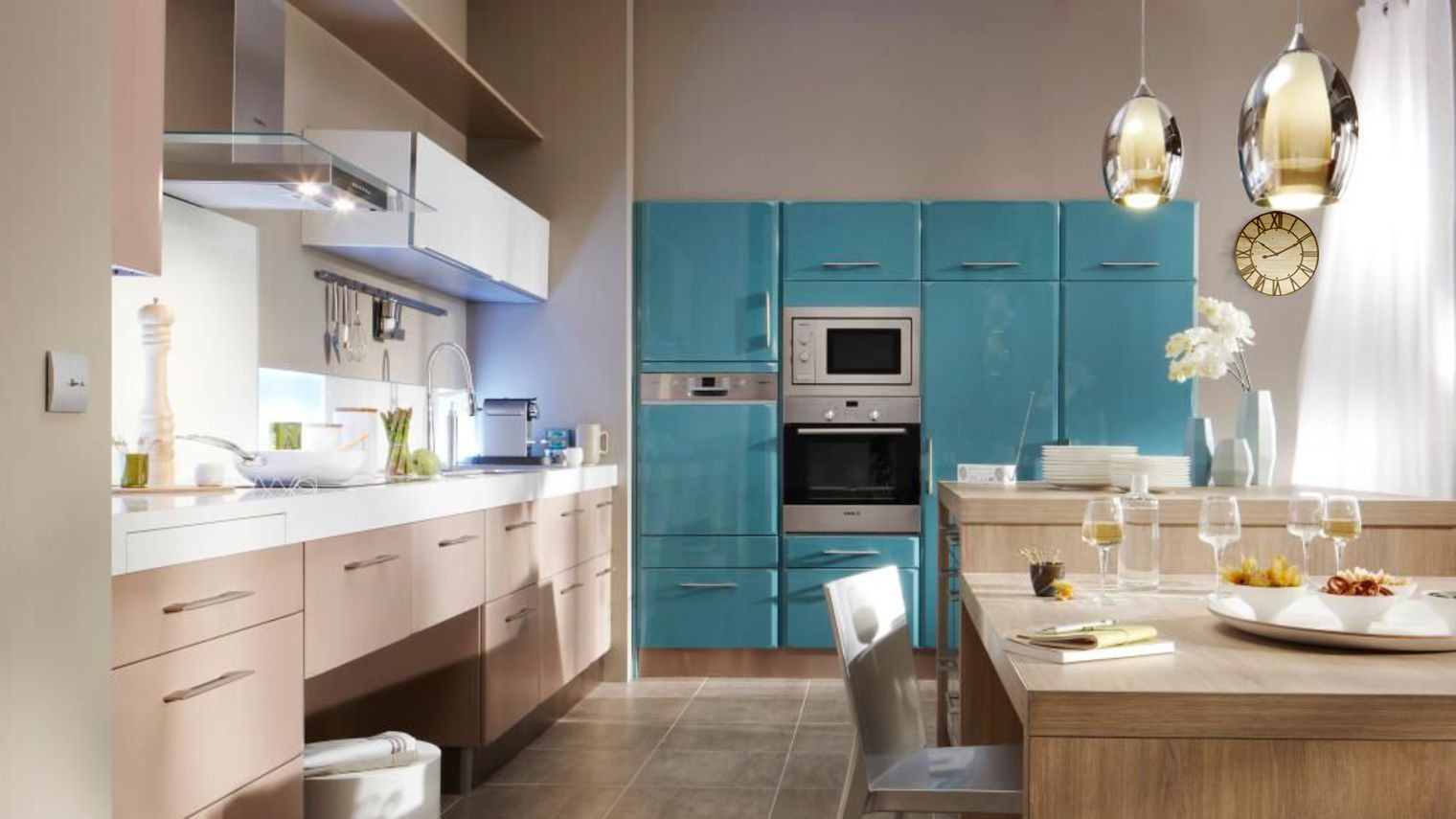 When it comes to designing a house, there are many factors to consider, from the layout and materials used to the overall aesthetic and functionality. However, one crucial element that often gets overlooked is energy efficiency. As we become more aware of the impact of our daily actions on the environment, it is essential to incorporate sustainable practices into our homes. One way to do this is by implementing energy-efficient kitchen lighting.
When it comes to designing a house, there are many factors to consider, from the layout and materials used to the overall aesthetic and functionality. However, one crucial element that often gets overlooked is energy efficiency. As we become more aware of the impact of our daily actions on the environment, it is essential to incorporate sustainable practices into our homes. One way to do this is by implementing energy-efficient kitchen lighting.
Maximizing Natural Light to Reduce Energy Consumption
 Natural light is not only beneficial for our health and well-being but also plays a significant role in reducing energy consumption in our homes. By strategically placing windows and skylights in the kitchen, you can increase the amount of natural light that enters the space. This will not only save you money on your electricity bill but also create a warm and inviting atmosphere in your kitchen.
Natural light is not only beneficial for our health and well-being but also plays a significant role in reducing energy consumption in our homes. By strategically placing windows and skylights in the kitchen, you can increase the amount of natural light that enters the space. This will not only save you money on your electricity bill but also create a warm and inviting atmosphere in your kitchen.
Switching to LED Lighting for Long-Term Savings
 While natural light is undoubtedly the most energy-efficient option, it's not always available or practical, especially in the evening. That's where LED lighting comes in. LED lights use significantly less energy and last much longer than traditional incandescent bulbs, making them a cost-effective and sustainable choice for your kitchen. Additionally, LED lights come in a variety of styles and colors, allowing you to customize the lighting in your kitchen to suit your needs and preferences.
While natural light is undoubtedly the most energy-efficient option, it's not always available or practical, especially in the evening. That's where LED lighting comes in. LED lights use significantly less energy and last much longer than traditional incandescent bulbs, making them a cost-effective and sustainable choice for your kitchen. Additionally, LED lights come in a variety of styles and colors, allowing you to customize the lighting in your kitchen to suit your needs and preferences.
Consider Motion Sensor Lights for Added Convenience
 Another way to increase energy efficiency in your kitchen is by installing motion sensor lights. These lights turn on when they sense movement and turn off when there is no activity, making them perfect for areas like the pantry or cabinets. This not only saves energy but also adds convenience to your daily routine by eliminating the need to constantly turn lights on and off.
Another way to increase energy efficiency in your kitchen is by installing motion sensor lights. These lights turn on when they sense movement and turn off when there is no activity, making them perfect for areas like the pantry or cabinets. This not only saves energy but also adds convenience to your daily routine by eliminating the need to constantly turn lights on and off.
Conclusion
 Incorporating energy-efficient kitchen lighting into your house design is a simple yet impactful way to reduce your carbon footprint and save money in the long run. By maximizing natural light, switching to LED lighting, and using motion sensor lights, you can create a sustainable and functional kitchen that not only benefits the environment but also enhances the overall look and feel of your home. So, when designing your dream house, don't forget to prioritize energy efficiency, starting with the heart of the home - the kitchen.
Incorporating energy-efficient kitchen lighting into your house design is a simple yet impactful way to reduce your carbon footprint and save money in the long run. By maximizing natural light, switching to LED lighting, and using motion sensor lights, you can create a sustainable and functional kitchen that not only benefits the environment but also enhances the overall look and feel of your home. So, when designing your dream house, don't forget to prioritize energy efficiency, starting with the heart of the home - the kitchen.




